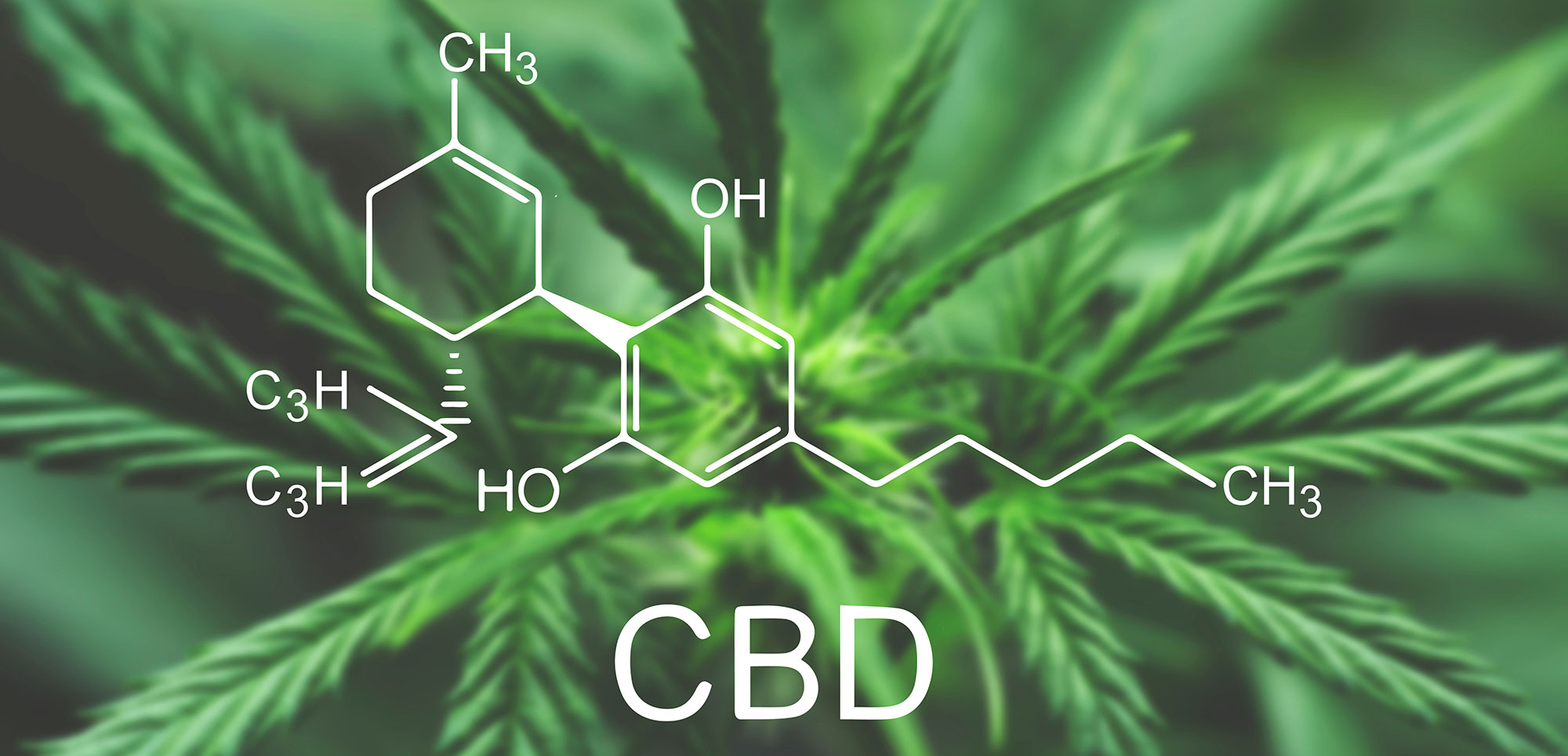
What is CBD (Cannabidiol)?
Cannabidiol, more commonly known as CBD, is the most studied compound of the more than 116 known cannabinoids found in the hemp plant. Being a natural compound of hemp, it can comprise up to 40 percent of the plant. Unlike THC, CBD is non-psychoactive, which means it will not get you high. “Hemp” is a term used to classify varieties of cannabis that contain 0.3% or less THC content (by dry weight).
While the legal definition has only been widely accepted since the Agricultural Act of 2018, “hemp” has generally been used to describe non-intoxicating cannabis that is harvested for the industrial use of its products.
With evidence of its use recorded throughout history, dating back to over 10,000 years ago, many believe that hemp was the first crop ever cultivated by humans. Ancient civilizations have used various strains of cannabis throughout centuries for the plant’s wealth of wellness properties.
CBD is often regarded as the single most important cannabinoid available in the hemp plant. With constantly growing research, the list of uses for CBD continues to expand, giving more and more hope to those looking to enhance their overall quality of life with and without THC, through the natural effects of CBD and the hemp plant.
Based on your needs and preferences, you can use CBD and other cannabinoids through different methods. Your choice of application can affect how CBD works with your body; common ways of administering CBD is through ingestion, sublingual, inhalation, and topical.
